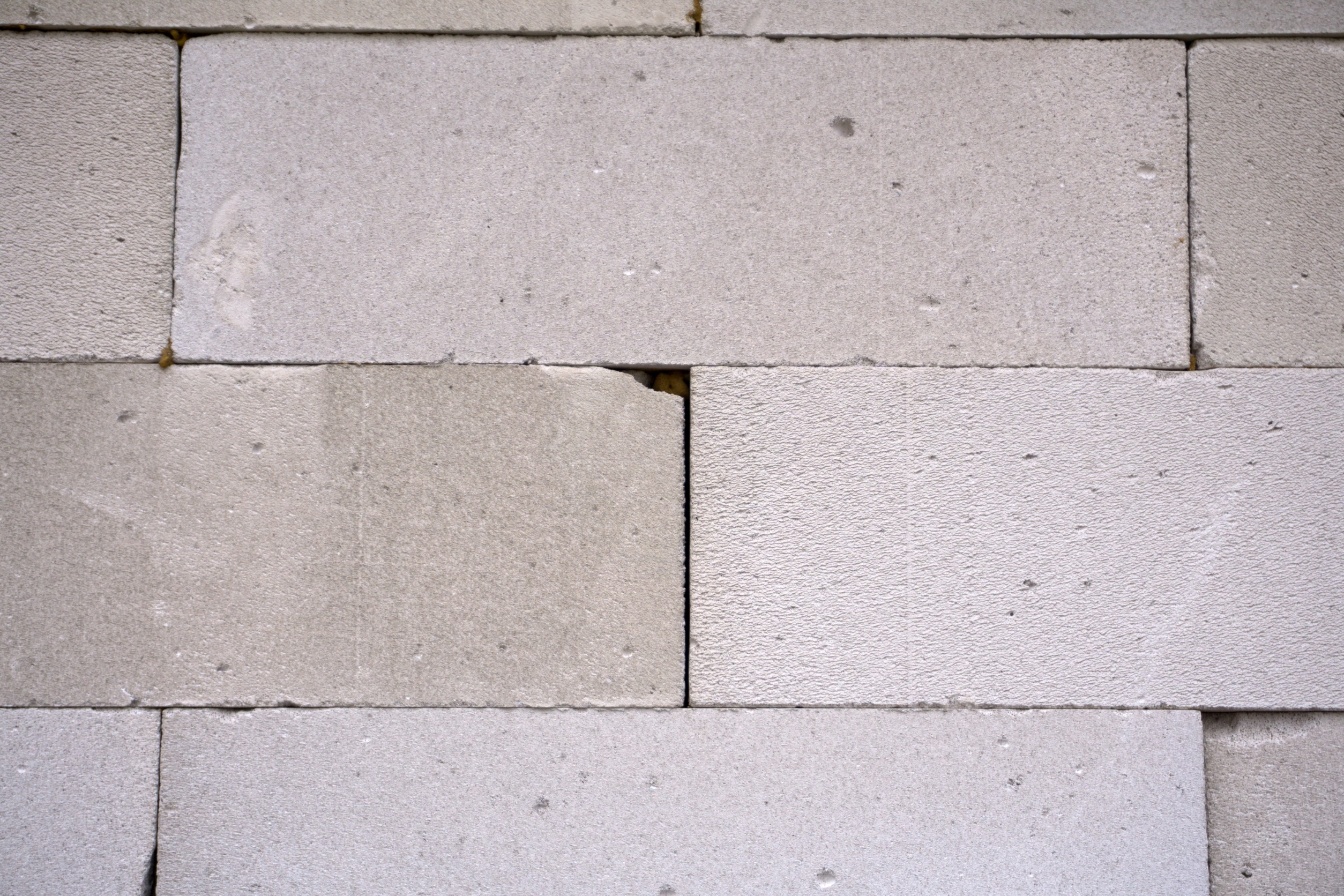Do you ever wonder why muscles like calves or quadriceps remain sore for days after a workout while biceps bounce back quickly? Many factors influence muscle recovery including size, function, and attachments. Understanding what causes soreness can help you get your muscles back to tip-top shape faster.
Size, function, and attachments
Muscle size is the first main factor that affects recovery. Larger muscles are involved in more functions and therefore generally stay sore for longer.
Next is muscle purpose. Muscles that are used more often, such as those in our back, are going to take longer to recover because they are used for most of our daily movements. This is why some people experience plantar fasciitis in the small but frequently used muscles of the elbow.
Lastly, more blood flow to a muscle generally leads to faster recovery. This is why larger, fleshy parts of muscles with many attachments heal more quickly than tendons. For example, an injury to the calf muscle will heal more rapidly than an injury to the Achilles tendon in the same region.
So how can you speed up muscle recovery?
First and foremost, stretch. Stretching separates those muscle fibers that are stuck together with lactic acid, so it’s a good idea to take the time to do so before and after exercise. Massaging is another effective way to boost blood flow to the affected area. Lastly, kinesiology tape is a good tool, especially for longer-term injuries, as it can change the direction of the force on the muscle, reducing pressure and encouraging healing.
If you’ve started exercising more ahead of summer, you may find yourself bothered by sore muscles or even a more painful injury. Make sure to stretch well and rest the area if it’s in pain and you’ll be back to full strength in no time.












